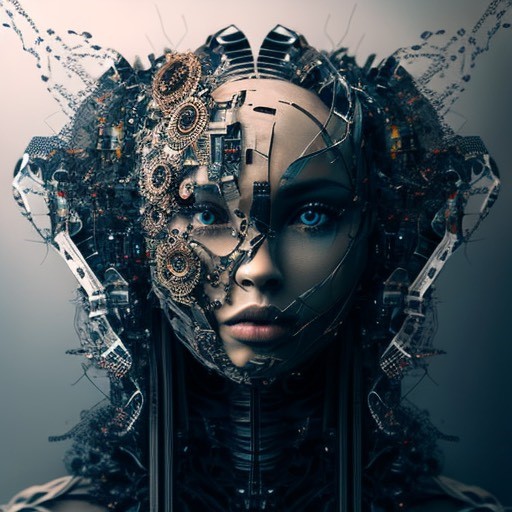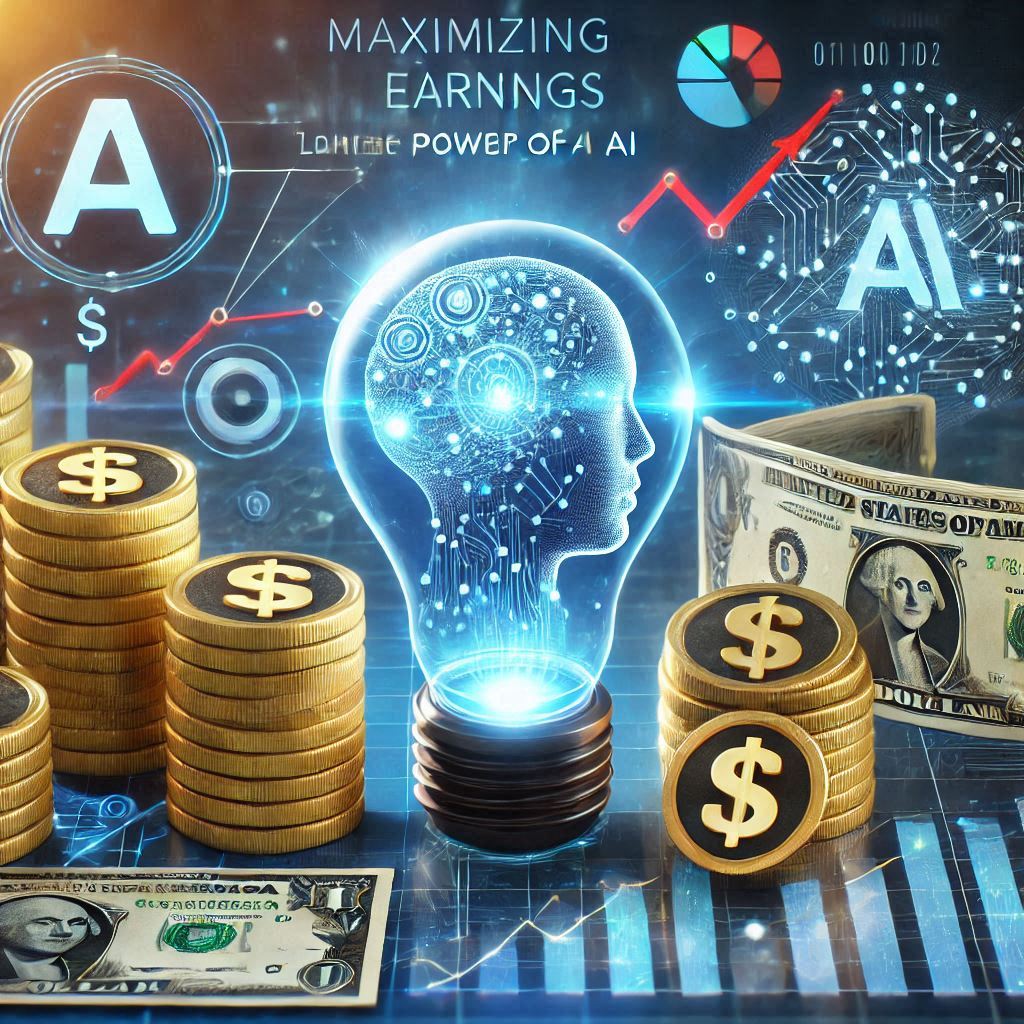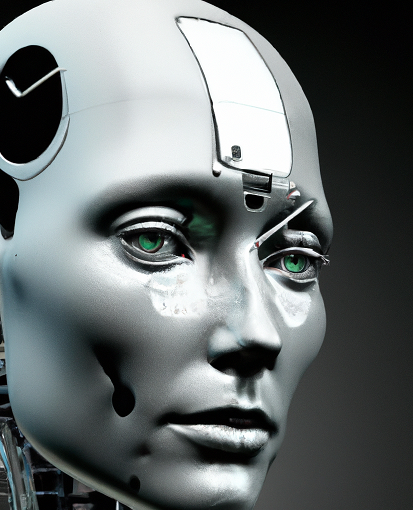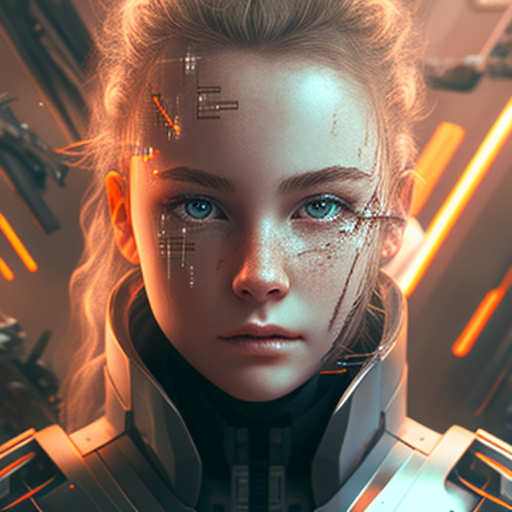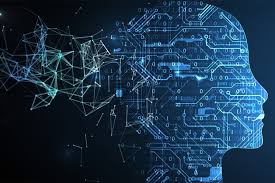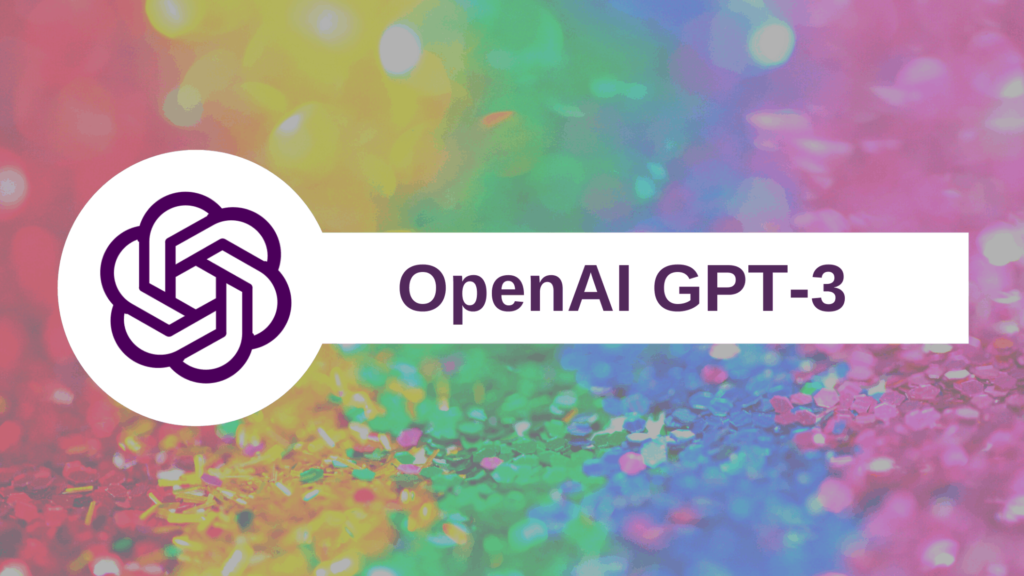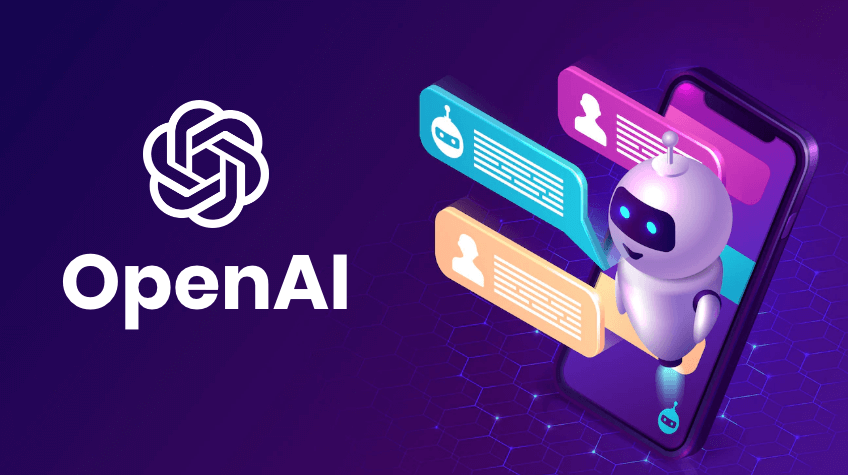ChatGPT Can Now See, Hear, and Speak: A New Era of Interaction
In a groundbreaking development, ChatGPT has expanded its capabilities beyond text-based communication. This evolution means that our favorite AI companion can now see, hear, and speak, revolutionizing the way we interact with technology.

The New Features
1. Visual Understanding
With the ability to “see,” ChatGPT can analyze images and provide context or answer questions about visual content. This means you can share photos, diagrams, or illustrations, and ChatGPT will help interpret them, making discussions more dynamic and informative.
2. Auditory Engagement
ChatGPT can now “hear” spoken language, enabling it to engage in conversations in real time. This auditory capability allows for a more natural interaction, where users can speak to ChatGPT and receive instant responses, bridging the gap between human and machine communication.
3. Speech Synthesis
Not only can ChatGPT listen and respond, but it can also “speak” back to users. With high-quality voice synthesis, ChatGPT can convey information in a clear and engaging manner, making conversations feel more personal and interactive.
Benefits of These Features
Enhanced Accessibility
These advancements make ChatGPT more accessible to individuals with disabilities, allowing for a more inclusive experience. Users who may struggle with reading or typing can now engage through speech, opening up new avenues for interaction.
Richer Learning Experiences
Students and educators can leverage these capabilities for interactive learning. ChatGPT can assist with homework by explaining complex topics verbally or analyzing visual aids, enhancing the educational process.
Creative Collaboration
Artists, designers, and content creators can benefit from ChatGPT’s visual understanding and auditory engagement. Whether brainstorming ideas or providing feedback on creative projects, the collaboration possibilities are limitless.
Future Implications
As ChatGPT continues to evolve, the integration of visual, auditory, and speech capabilities marks just the beginning of a new era in AI-human interaction. Future updates may bring even more advanced features, allowing for deeper connections and more intuitive communication.
Conclusion
The ability of ChatGPT to see, hear, and speak transforms it from a simple text-based AI into a versatile companion for work, learning, and creativity. This leap in technology not only enhances user experience but also paves the way for innovative applications across various fields.
Stay tuned for more updates as we explore the exciting potential of ChatGPT’s new capabilities!
